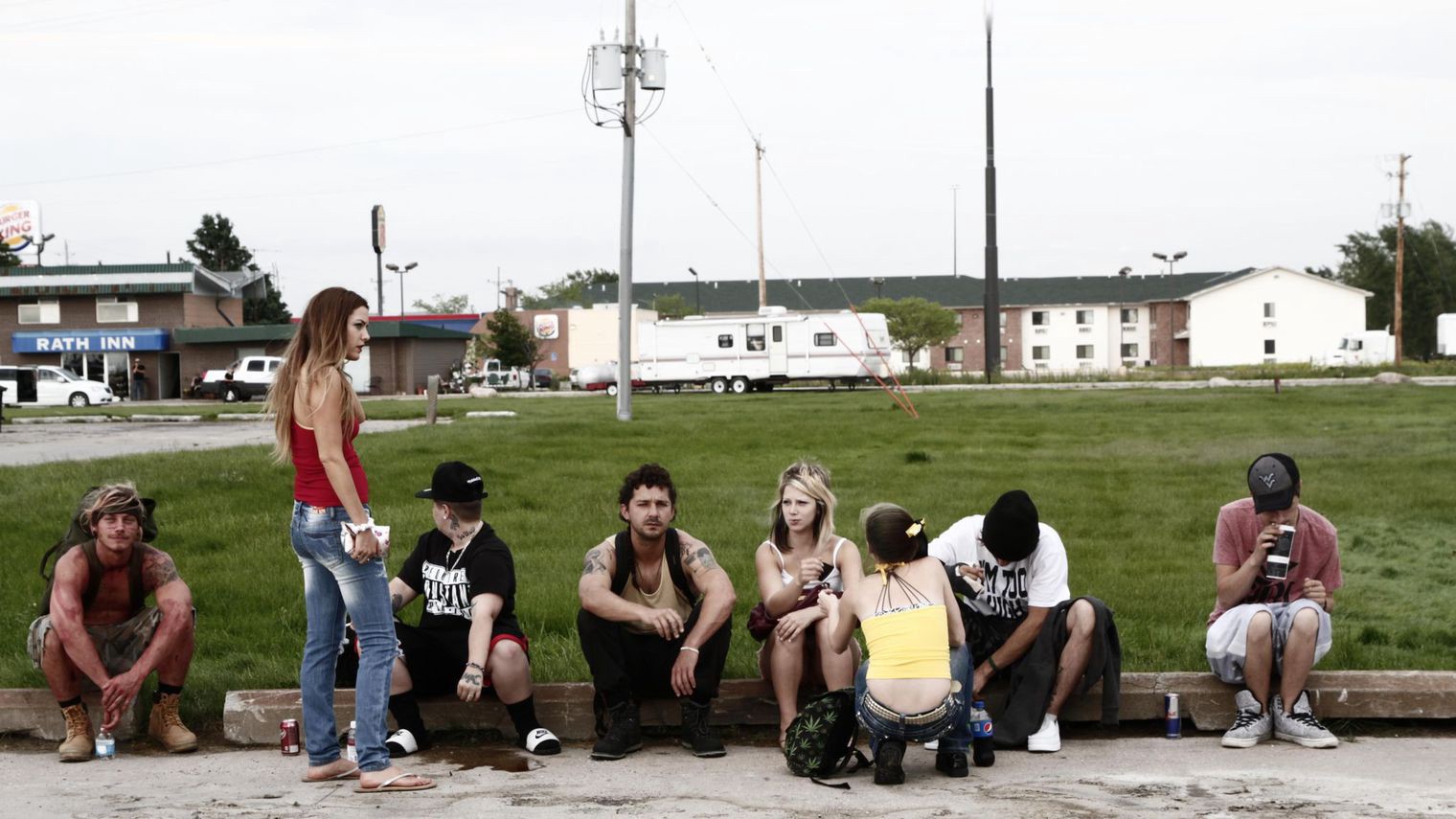With the recent releases of both American Honey and I, Daniel Blake, In The Middle takes a closer look at two of Britain‘s finest filmmakers…
Andrea Arnold is one of the most celebrated British filmmakers working today, yet she is still little known amongst film fans. A serial prize winner at the Cannes Film Festival, and with an Oscar to her name, she has been recognised as a shining light of the British film industry. With her new release, American Honey (2016), she has diverted greatly from her previous work, swapping the oppressive council flats of London and Glasgow for the open highways of the USA.
While the setting of her latest film may differ dramatically from her earlier work, Arnold retains her interest in working class people struggling for fulfilment and battling personal demons. Her early short film Wasp (2000), for which she won an Oscar, tells of a young mother who takes her children with her to a bar where she has a date as she can find no one to care for them. She leaves them in the car-park, and it is at this point that a wasp becomes trapped in the car with the children, lending the film its name. Indeed, Arnold reuses this image of an imprisoned and helpless wasp in American Honey, which Star at one point rescues from drowning in a pool. This likening of people to trapped animals is especially relevant in Fish Tank (2009), the title of which evokes the feelings of central character Mia, who wishes to escape her mother and the council estate where they live.
‘There are many parallels to draw between Arnold and another of England’s most lauded filmmakers, Ken Loach. The most poignant comparison to make between the two is the anger with which they portray young characters unable to deal with the harsh realities of life.’
There are many parallels to draw between Arnold and another of England’s most lauded filmmakers, Ken Loach. The most poignant comparison to make between the two is the anger with which they portray young characters unable to deal with the harsh realities of life. Billy in Loach’s Kes (1969) finds solace from his bleak home-life in the training of a kestrel he finds, and Fish Tank’s fifteen year-old Mia seeks escapism in dance. Both characters have these passions destroyed; Billy’s kestrel is cruelly killed by his older brother and Mia’s love of dance is perverted by her relationship with Conor, her mother’s boyfriend.
‘Both are also drawn to social realism in their films, often going to extreme lengths to secure it.’
Both are also drawn to social realism in their films, often going to extreme lengths to secure it. Andrea Arnold often casts complete acting novices in her work, some of whom she merely passes in the street – Katie Jarvis was cast in Fish Tank after she was spotted arguing furiously with her boyfriend. Ken Loach too strives for realism, and famously filmed a scene of his film Cathy Come Home (1966) in a crowded train station where only the actors knew that a film was being made. The heart-rending scene in question sees Cathy’s children taken from her by social services, after which she breaks down in despair. The reactions of passers-by, or lack thereof, offer an all too real insight into English society.
Andrea Arnold and Ken Loach are two of the greatest British filmmakers, leading the way for our industry. They must be cherished while their work continues to grace our screens – a start would be to go to see Arnold’s American Honey or Loach’s I, Daniel Blake while they remain in cinemas.
Joe Scott
(Image courtesy of Universal Pictures)

